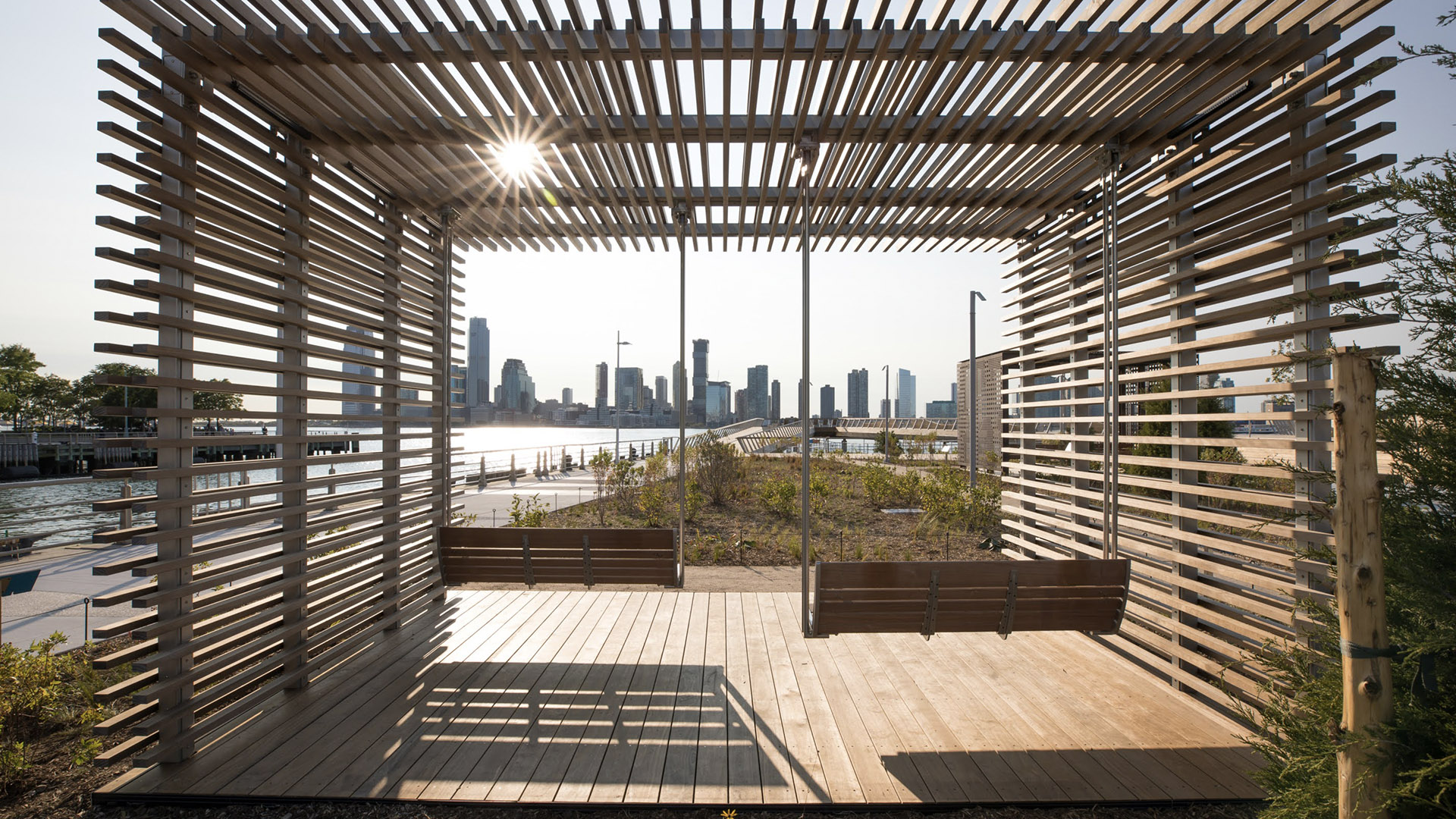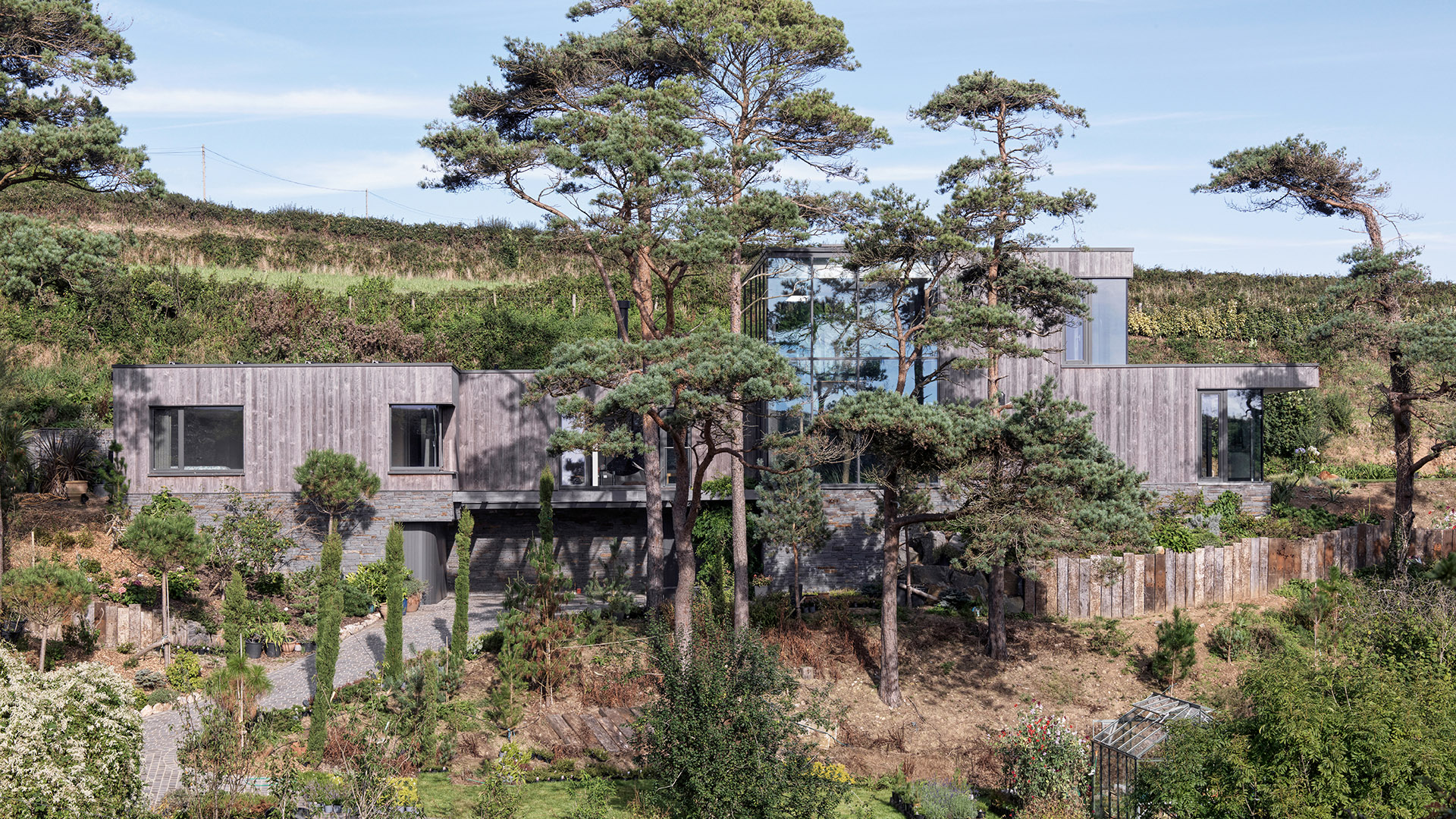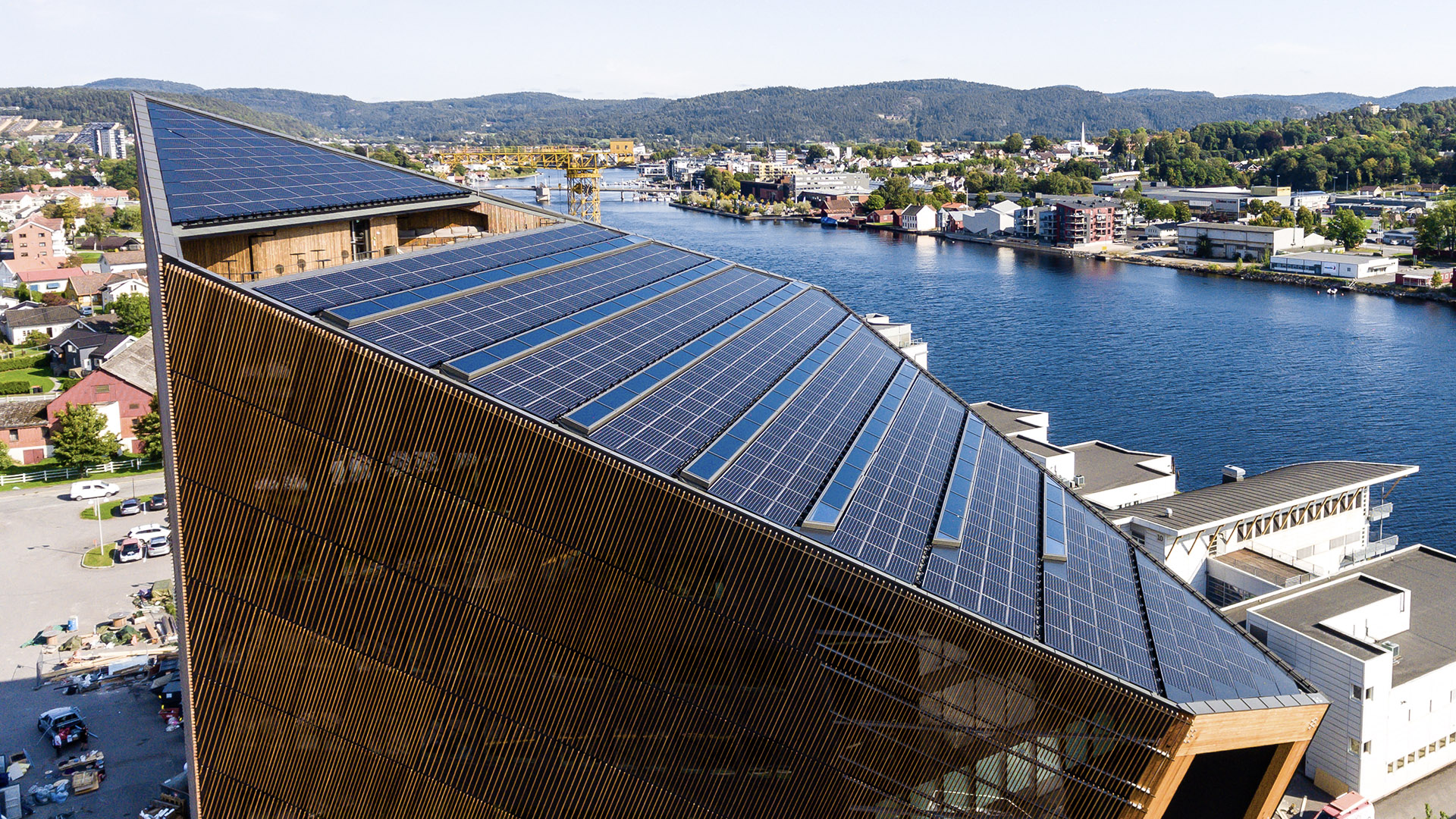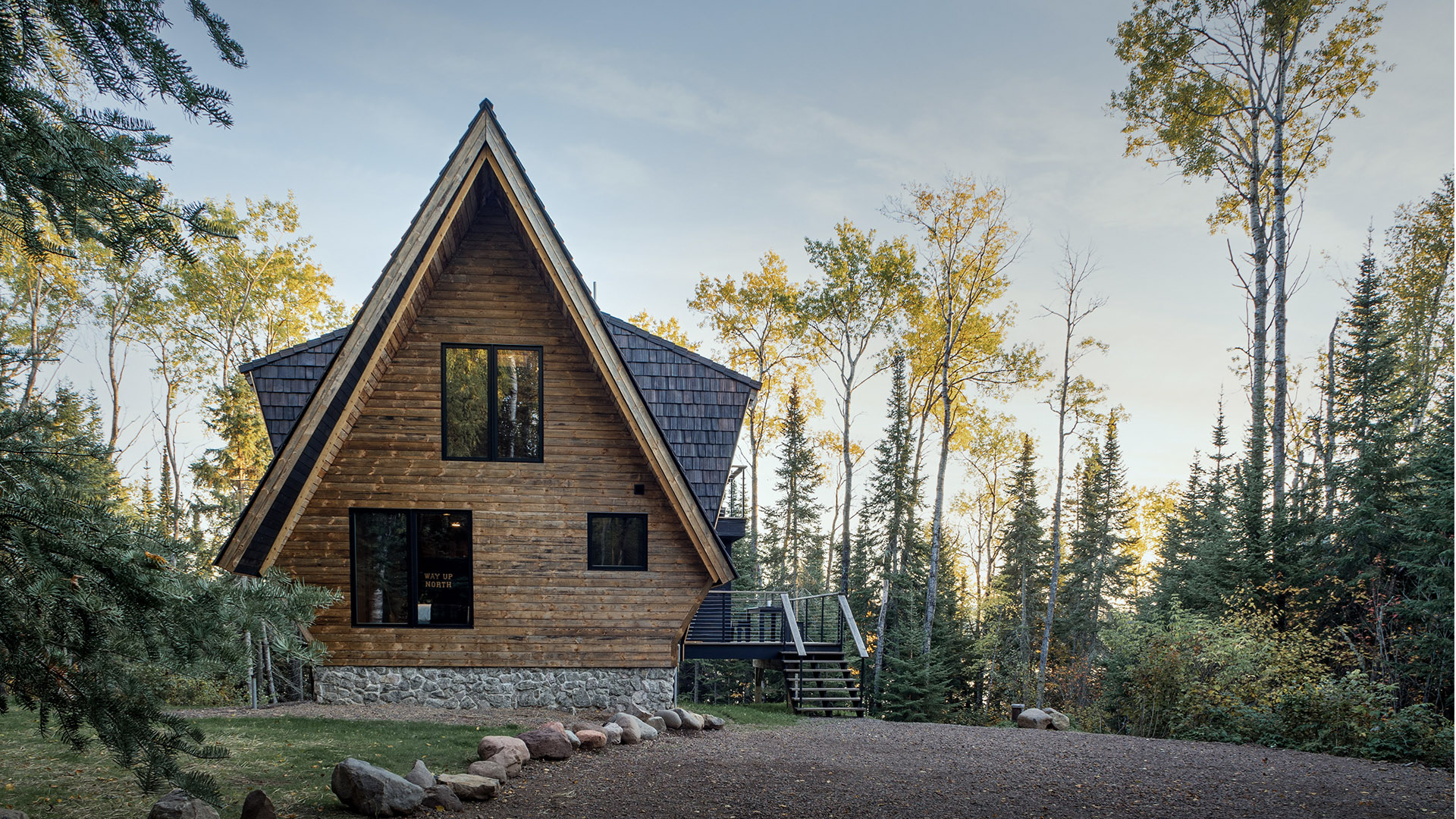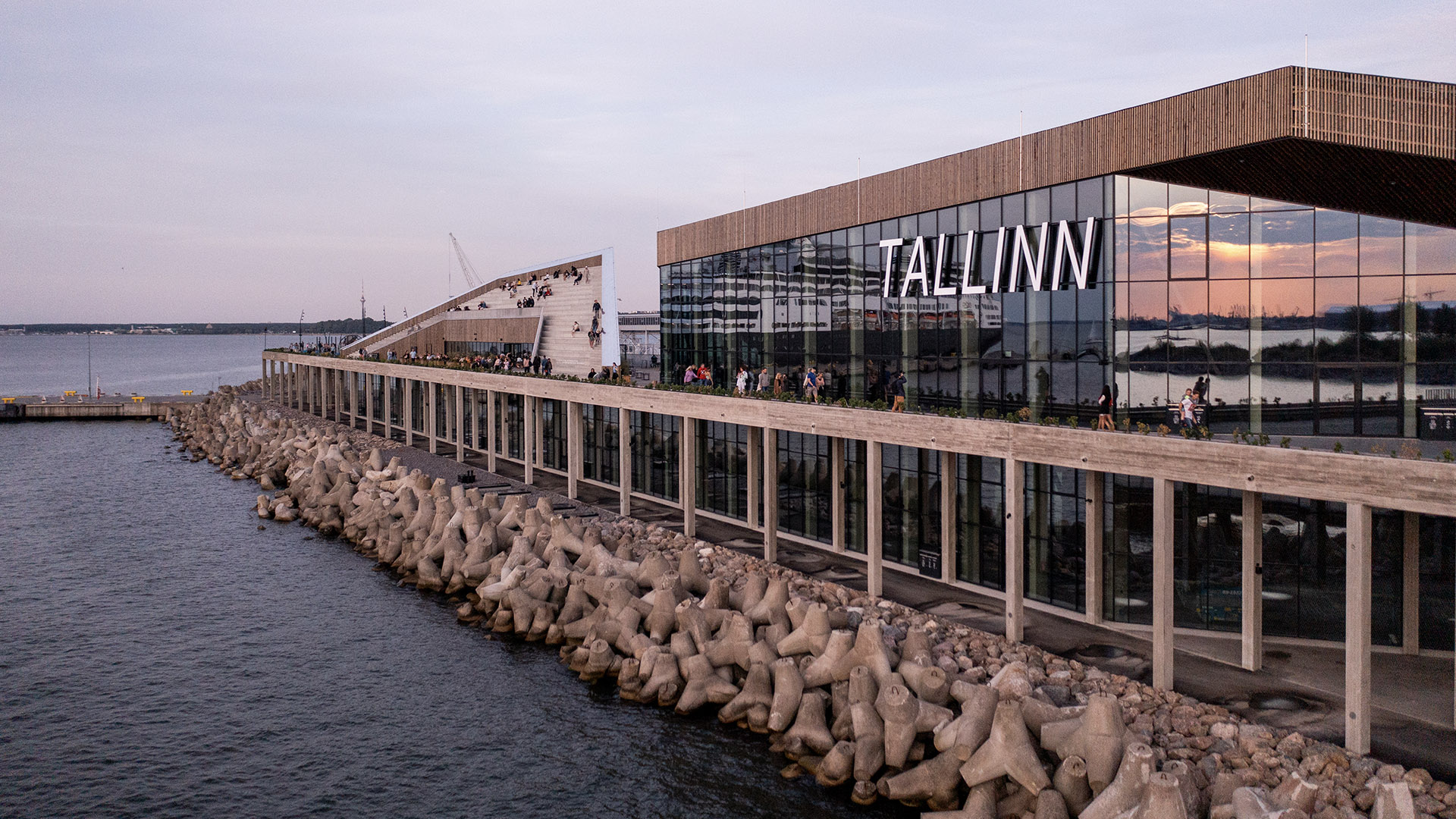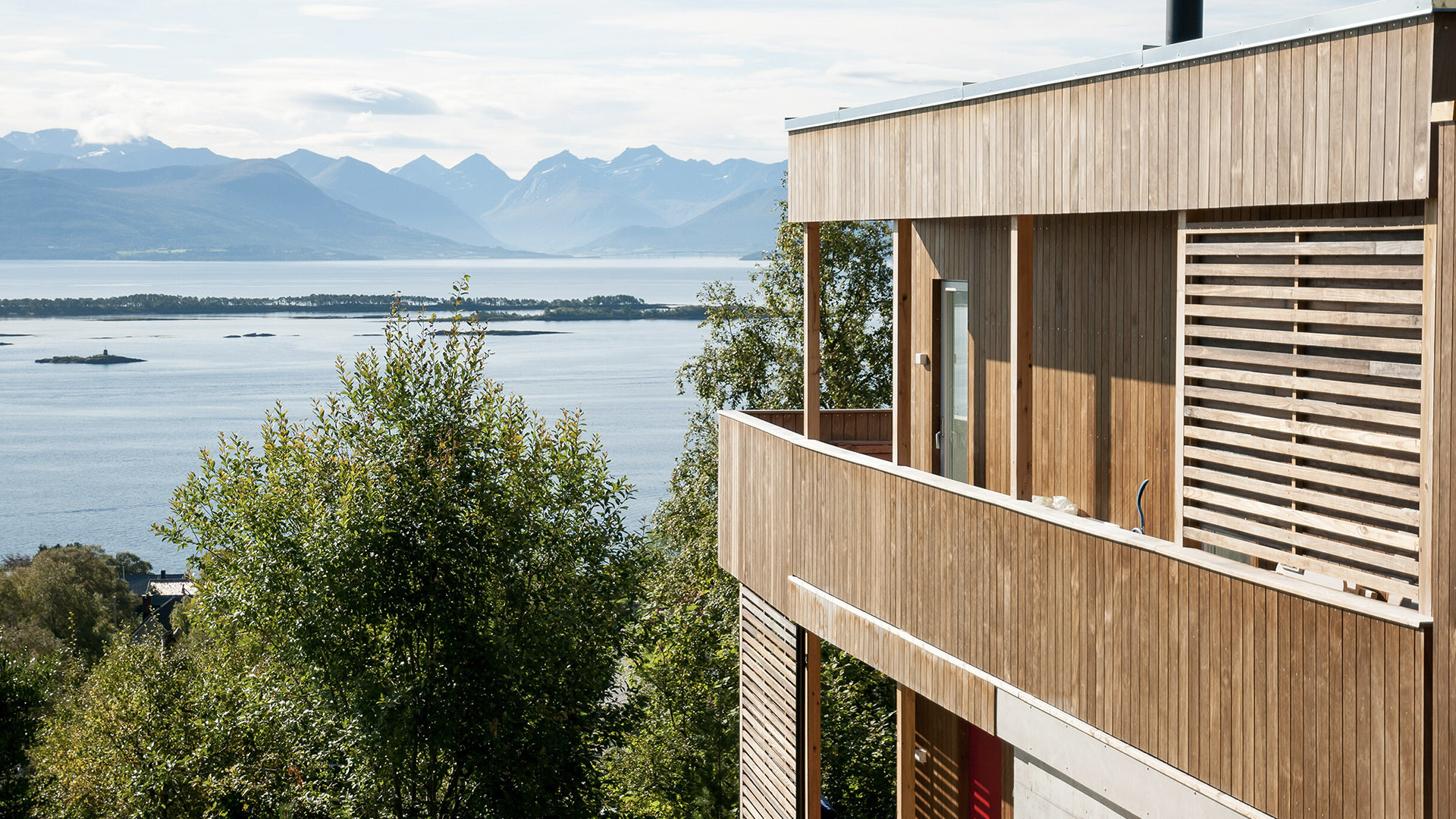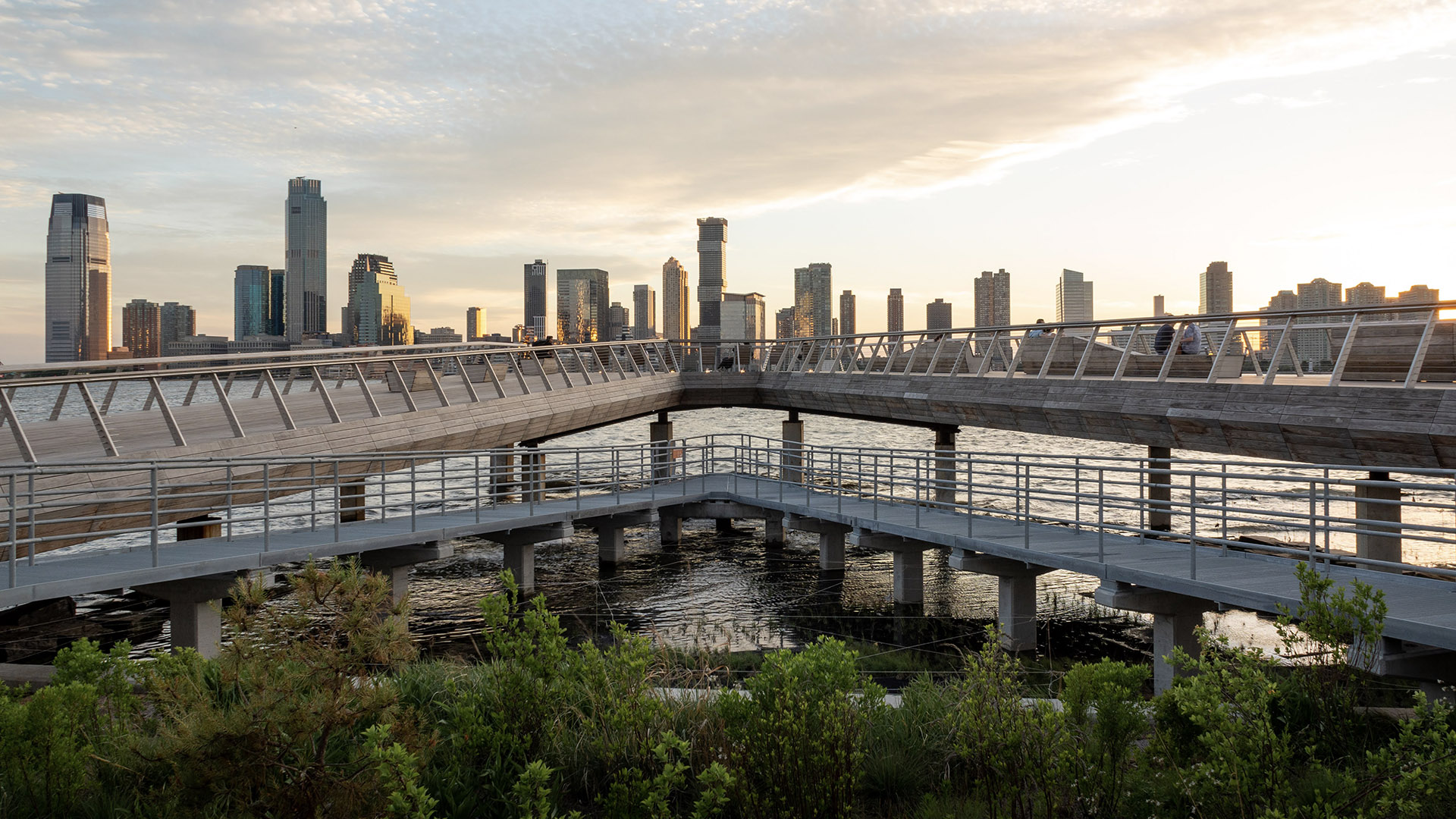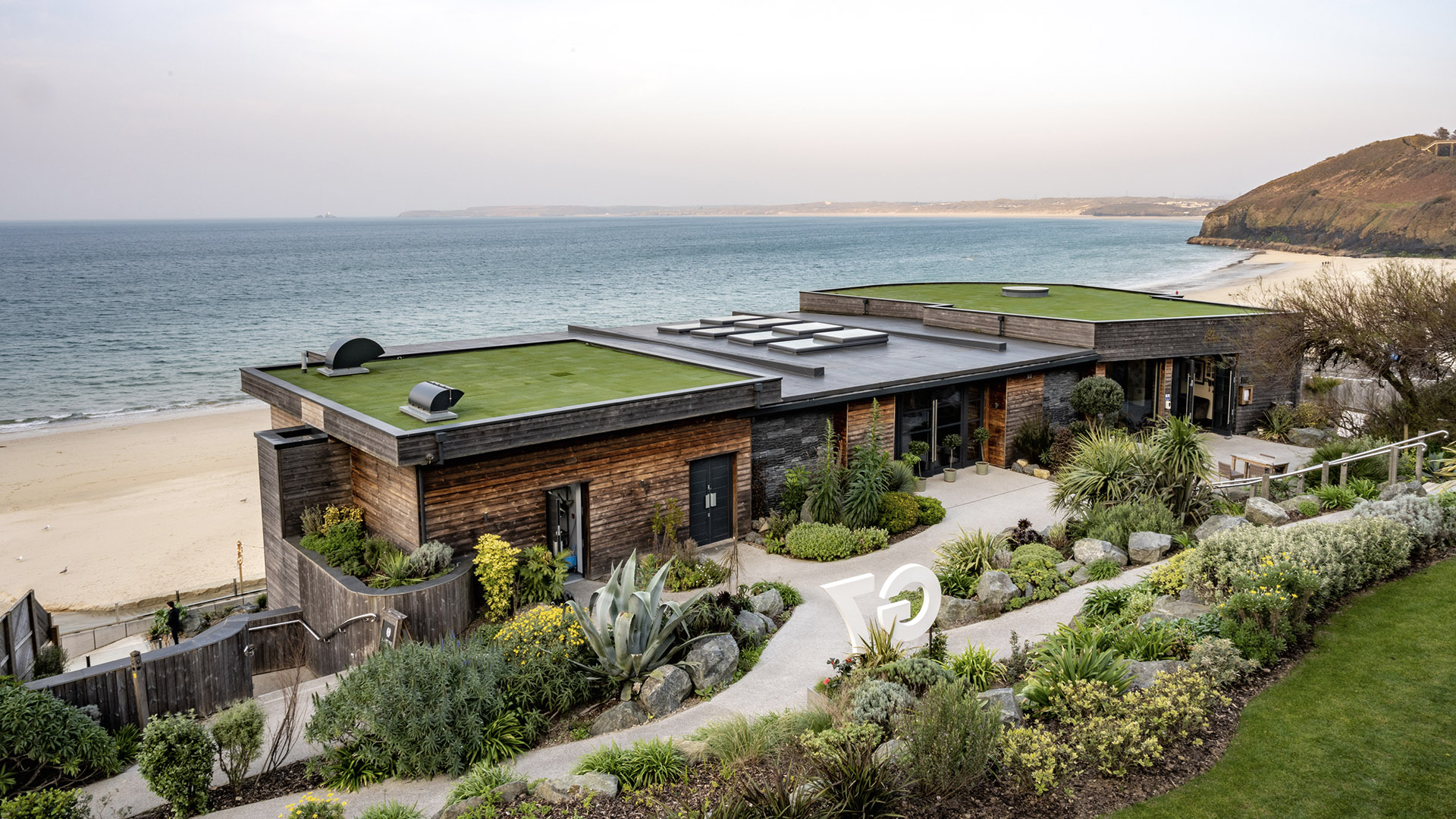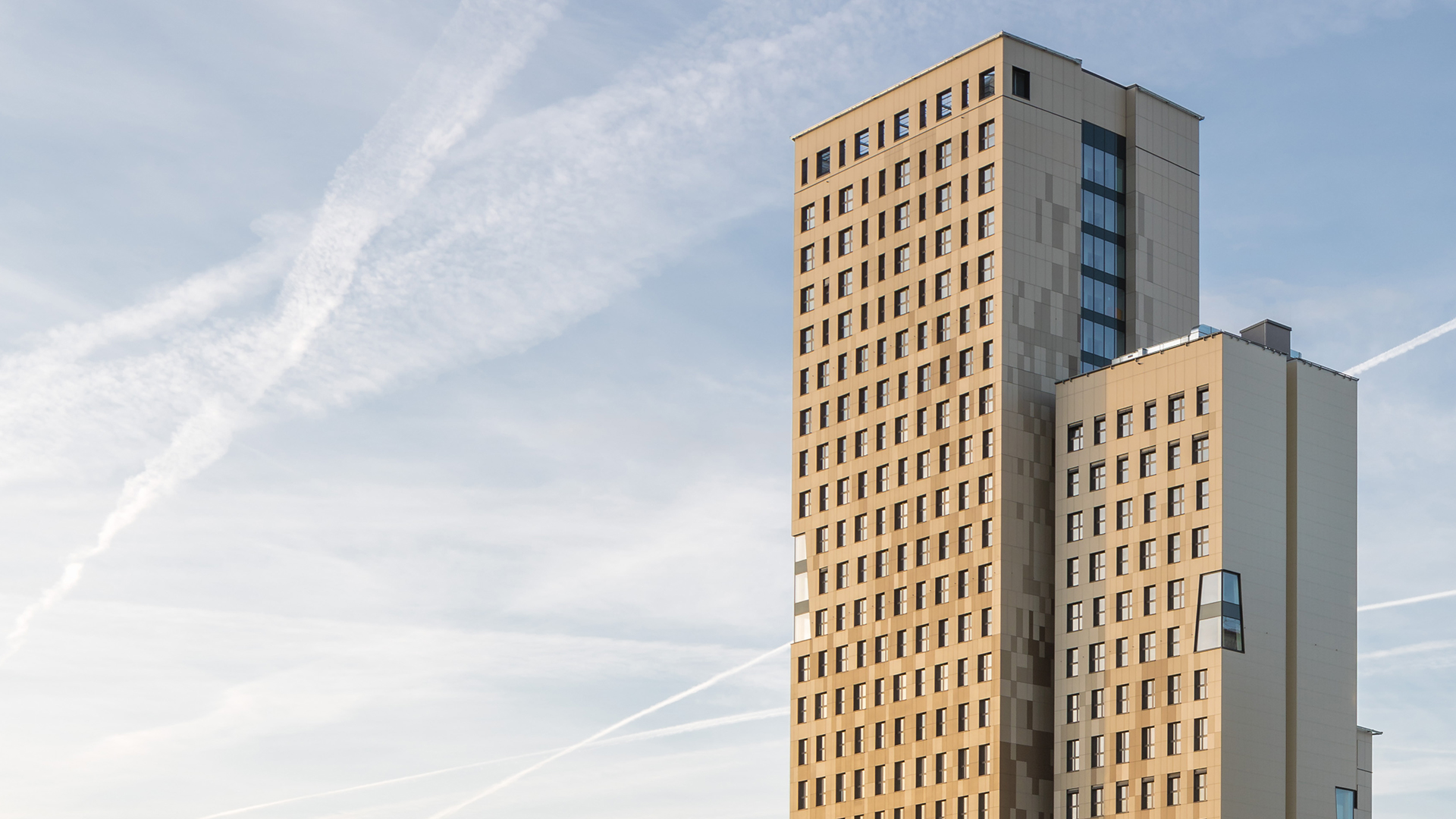?$article-big-img-desktop$&qlt=85,1&op_sharpen=1)
Villa in Alentejo, Portugal. Photography by Woodtarget.
Cladding a port terminal in bare wood could be generously regarded as a bold choice: water – and salt water in particular – is known to speed up the deterioration of timber. Yet this was the material selected by Salto Architects, the practice that designed the renovation of Estonia’s Port of Tallinn buildings on the country’s Baltic coastline.
One of the main areas of the brief was to make the buildings more sustainable and it was for this reason that the decision was made to finish them in a natural and renewable material. But Kebony, the Norwegian brand of wood chosen for the project, has an advantage over many other types of timber: although made from softwoods, the range has been processed and modified to give the finished product extra durability.
The modification takes cheap, abundant softwoods – typically produced from fast-growing trees on northern European plantations – and gives them the strength of more desirable and expensive hardwoods. Typically, hardwoods not only take longer to mature but, in some countries, they are not always sustainably managed. This can lead to forest degradation and environmental setbacks.
“We use an eco-friendly process whereby sustainably sourced softwood species are impregnated with a liquid mixture based on furfuryl alcohol, produced from agricultural crop waste,” says Kebony’s CEO, Norman Willemsen. After the softwood has absorbed the furfuryl alcohol, the timber is heated and dried so that the solution effectively becomes glued within it. “This enables modified softwoods to permanently take on the attributes of tropical hardwoods, including high durability, hardness, and dimensional stability.”
The process swells the timber to 50% thicker than its original size as well as making it harder and less prone to splintering. But as well as this durability, it also has the advantage of mimicking the appearance of hardwood, turning the typically yellowy cream of pine woods to a deeper brown that weathers to a silvery grey similar to teak and many other beautiful, high-value timbers that are sought after by modern architects.
To illustrate this, Kebony timber has recently been used by the architect Gonçalo Bonniz for a villa in the Alentejo region of his native Portugal. The site, close to the Spanish border, is renowned for its barren beauty, and the wood’s colouring blends with the natural ochres and greys of the surrounding countryside. The simple interiors also feature Kebony cladding, the dark grain of the timber contrasting dramatically with the pale concrete floors.
The wood’s big appeal is only partly aesthetic though. The heat and aridness of the area’s summer climate turn to winters that are characterised by rainfall, a combination of weather that many natural timbers would struggle to survive. Kebony, however, is extremely resilient and, after its factory process and with occasional cleaning, is maintenance-free, requiring no further treatments, preservatives or interventions. “The wood survives well when exposed to the elements, demonstrating that sustainable wood can bring real benefits,” says Willemsen.
Although Kebony has been available outside Norway for more than 10 years, it is a still relatively niche product. That may be about to change, as in the past six months it has received a €30m investment from the private equity groups Lightrock and Jolt. With a lifespan of many decades, its profile is growing as it becomes the material of choice for some of Europe’s most innovative architects.
“The wood survives well when exposed to the elements, demonstrating that sustainable wood can bring real benefits” Norman Willemsen, Kebony’s CEO
‘Wood’ you believe it? 3 impressive timber projects
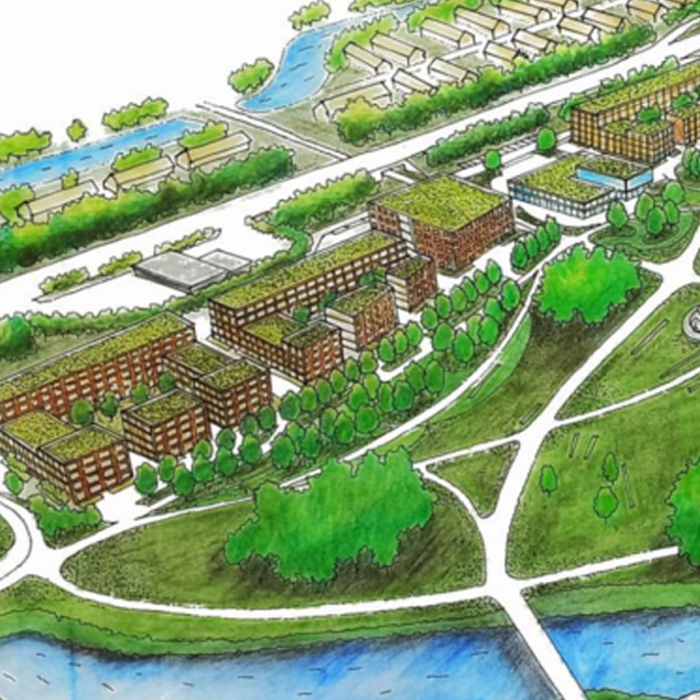
Amsterdam to build a whole neighbourhood from wood
The municipalities of Greater Amsterdam have stated that 20% of all new construction must use wood as its primary building material by 2025.
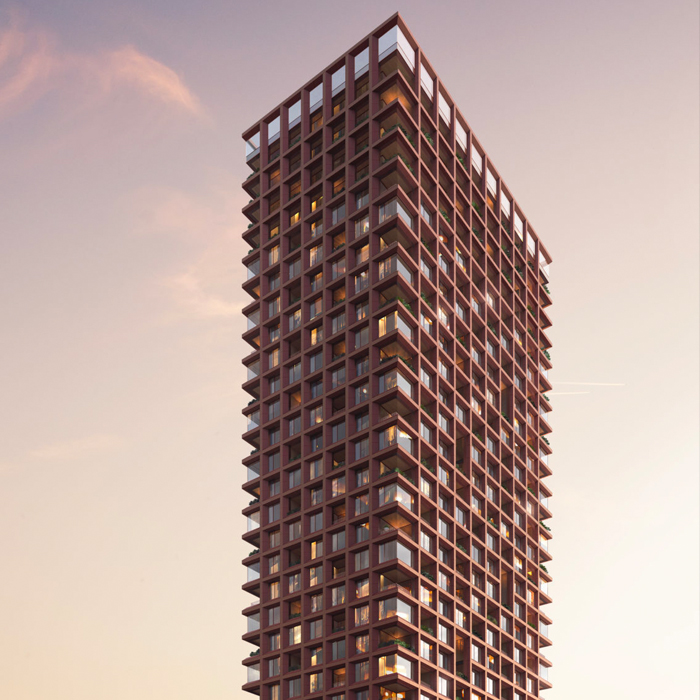
The world’s tallest wooden skyscraper in Switzerland
The record-breaking 'plyscraper’ in Winterthur, designed by Danish architects Schmidt Hammer Lassen, will be 100m tall.
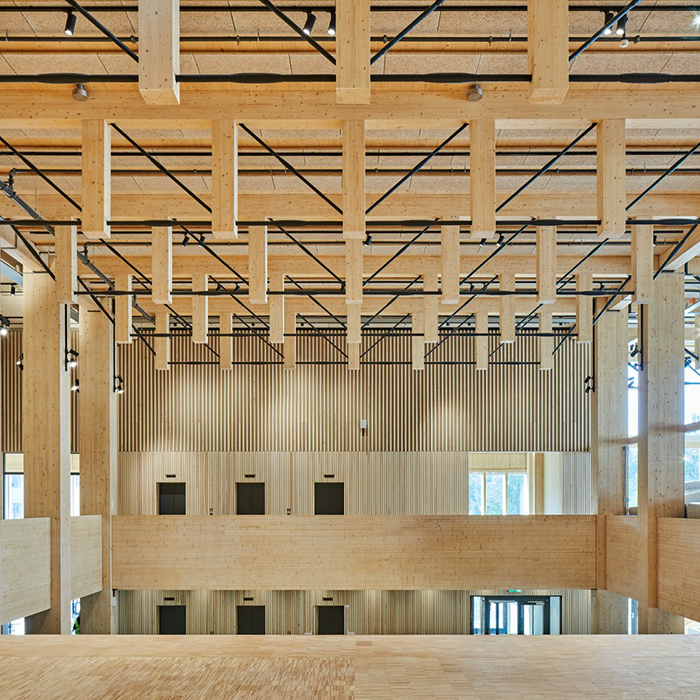
Sweden is sprucing up its tall buildings
The Sara Cultural Centre in Skelleftea, made primarily from spruce, is one of the world’s tallest timber buildings at 75m high.

